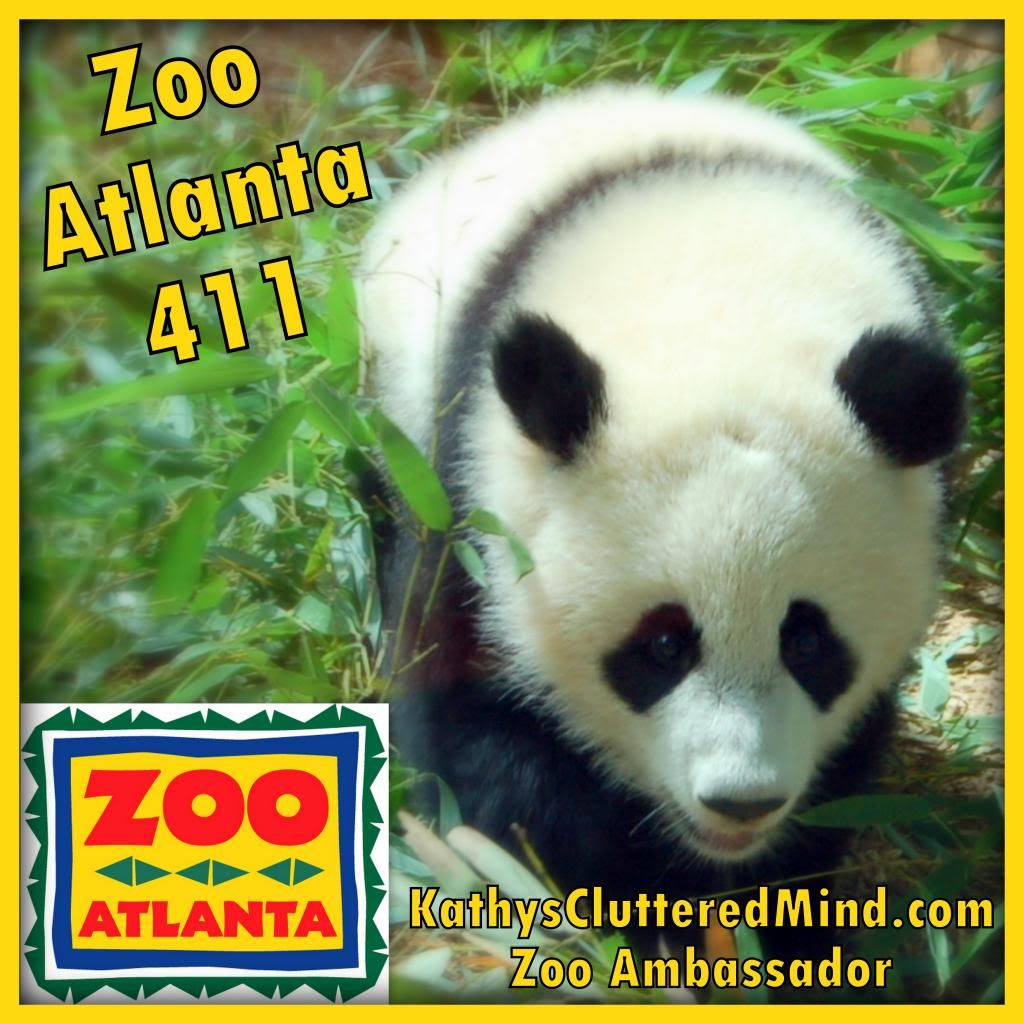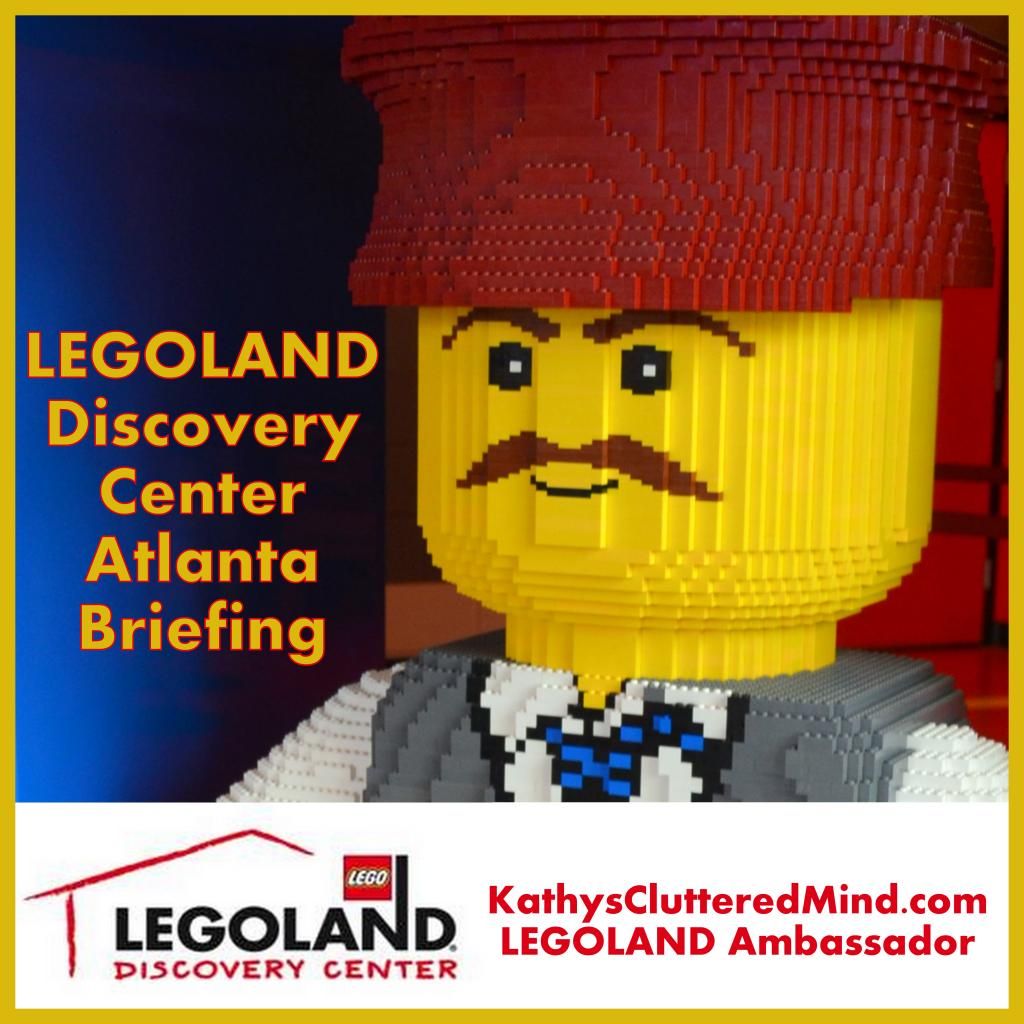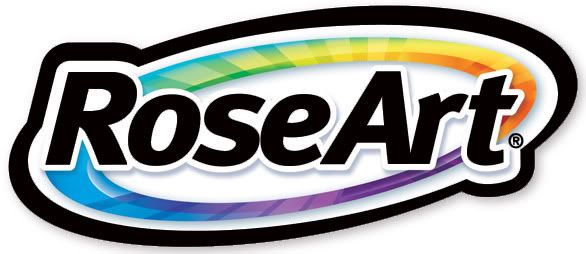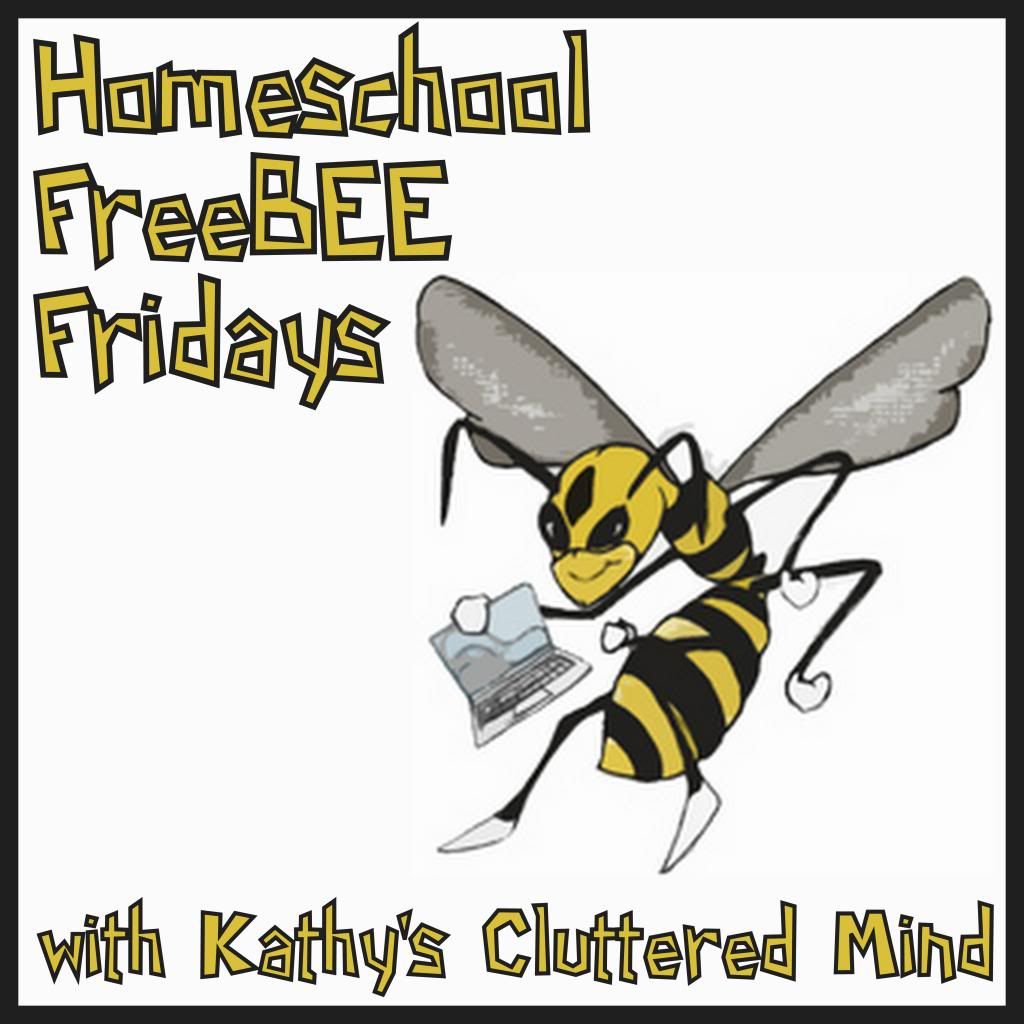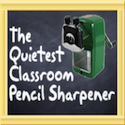 |
| Image(s): FreeDigitalPhotos.net |
We had a eggstraordinary time doing our Bird unit study science eggsperiments this week. The kids were eggstatic the entire time. These 4 eggsperiments are quick, easy and cheap to do. All you need to do them are some eggs, vinegar, ball, feathers, water, oil and a couple containers.
The Bouncy Egg Experiment:
This is so much fun. Check out this great video to find out more about how to do this experiment. Before we started the experiment I cracked open an egg and let the kids explore the various parts, membrane, shell, yolk, etc. Then we watched the video so they could better understand the experiment. After they watched the video we gently placed our raw egg into a jar of vinegar. The kids were fascinated with the bubbles and how the egg started to grow bigger. I explained to them that the Calcium Carbonate in the egg shell was reacting with the vinegar forming Carbon Dioxide (the bubbles). Of course I asked them, "what is CO2?" They were not sure but after a hint (I breathed in very deeply) they got it right. We also discussed that the egg gets bigger because of osmosis.
After 24 hours our egg was was ready and the shell was dissolved. It did bounce (we used a raw egg) and the kids had some fun until...one of them dropped it too high and it broke. Before it broke we held it up to a light and got to see how translucent it was. We could even see the yolk! After it broke though it gave the kids an opportunity to see the membrane a little better.
Egg Strength Experiment:
We learned about how strong an egg REALLY is! We squeezed the egg in our palms and even stepped on it. I explained to the kids how its shape (which is made up of arches) helps it with evenly distributing pressure. Thus the egg doesn't break. We discussed why strength is important and how it helps protect the eggs when the mother and father sit on them. Check out this more detailed eggsperiment (great for older kids).
Egg Shape Experiment:
This one also relates to the shape of an egg. We rolled an egg and a ball at the same time to see how they rolled differently. The kids noticed that an egg rolls in a more circular motion and that it stops more quickly than the ball which very quickly rolls away. I asked the kids why the shape of an egg is important and they came up with a couple of good reasons: its less likely to roll out of a nest and easier for a bird to move if they needed to.
Feather Experiment:
And we learned about preening by examining and doing a little experiment with bird feathers. We had 3 Duck feathers. One we kept dry, one we soaked in water and one we rubbed oil on. We compared the weight of the dry and wet one first. We dropped them to see which one fell more quickly and recorded our findings. Then we dipped the one with oil on it into the water and watched the water bead up instead of soaking in. Next we compared the weight of the one with oil on it to the dry one. Again we dropped the feathers and recorded our findings. Then we compared the one with oil on it to the one soaked with water and recorded our findings. We discussed why preening is important, where the oily substance comes from and what would happen if Birds were not able to preen. Then for fun we mixed the oil and water together so the kids could get another visual of how oil and water do not mix.I found these experiments online (links provided above) and in our Apologia Flying Creatures of the 5th Day book.
What fun experiments have you done lately?









